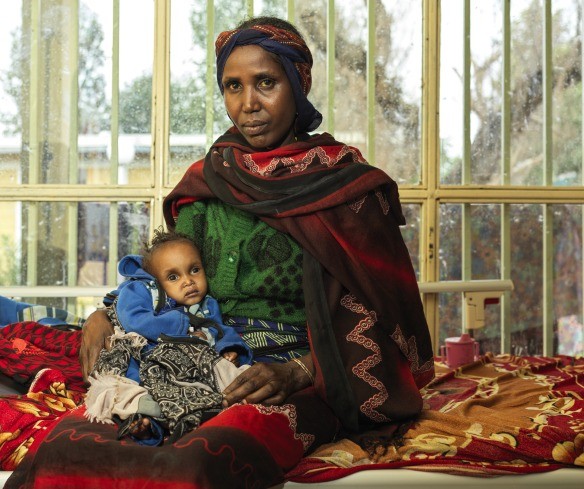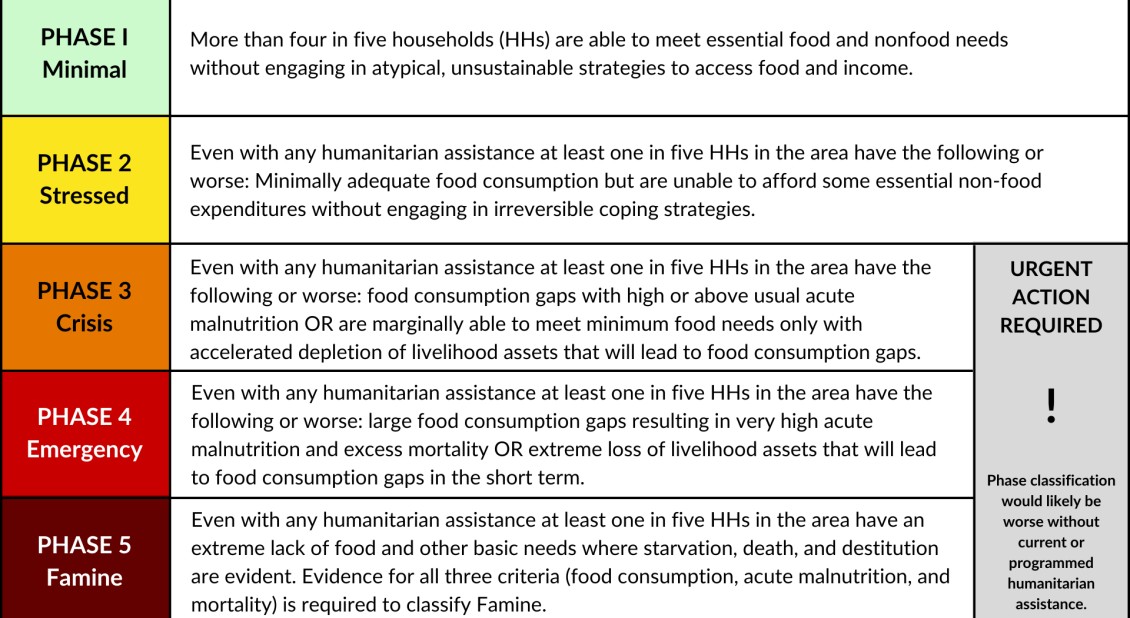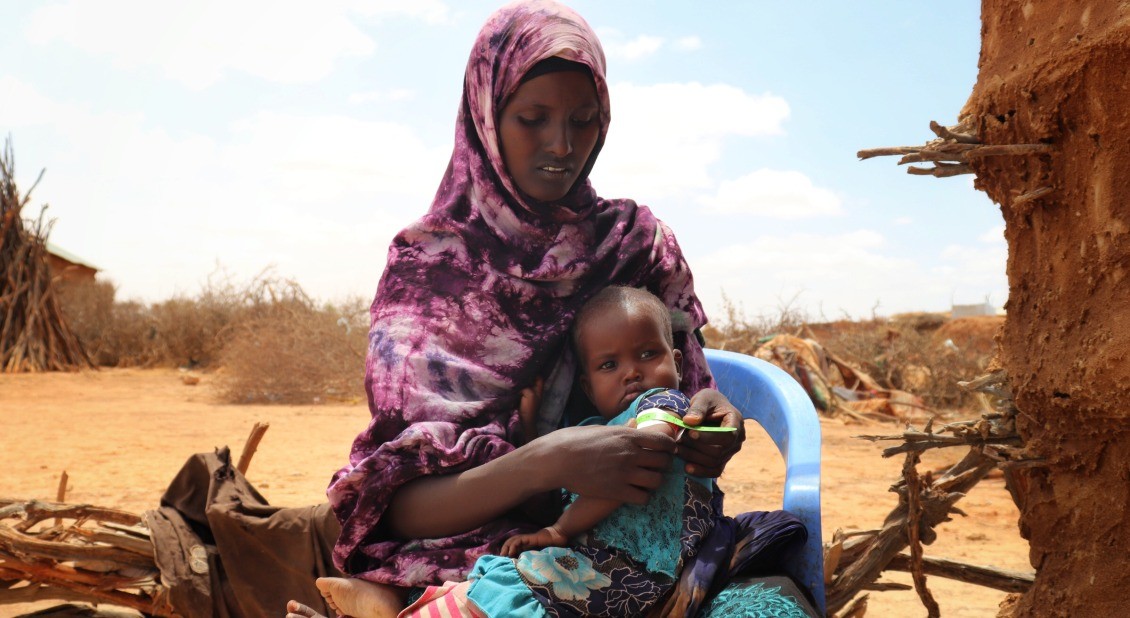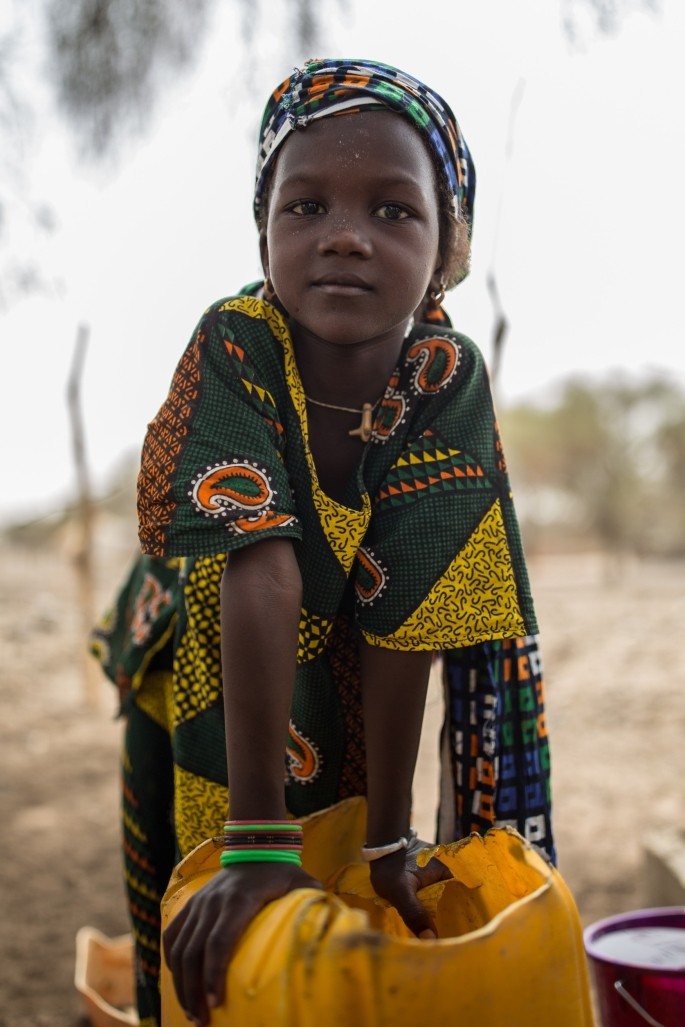What Is A Famine? It’s a severe food shortage leading to widespread starvation and death, often intensified by related malnutrition. At WHAT.EDU.VN, we understand your concerns and offer comprehensive answers, exploring the multifaceted causes, devastating impacts, and potential solutions to this global crisis. Learn about food insecurity, hunger crisis, and humanitarian aid.
1. Defining Famine: A Severe Hunger Crisis
A famine represents the most extreme and devastating form of a hunger crisis. It’s not just about a lack of food; it signifies a catastrophic situation where widespread starvation leads to significant mortality rates among both children and adults within a specific geographic area. This severe food shortage is far more than a temporary inconvenience; it’s a systemic breakdown in food availability and access.
Famines are distinct from sudden emergencies like earthquakes or floods. They develop gradually, often fueled by prolonged conflict, the escalating effects of climate change, entrenched poverty, and other complex factors. It is crucial to recognize that famines are not inevitable natural occurrences. They are predictable, often preventable, and frequently exacerbated by human actions or inactions.
2. Understanding Famine Conditions and Declaration
Famine is a precise term with strict criteria. It’s officially declared only when specific benchmarks related to food insecurity, mortality rates, and malnutrition levels are met. These benchmarks offer quantifiable indicators of the severity of the crisis.
2.1. Key Indicators for Famine Declaration
- Extreme Food Shortages: At least 20% of households in a region face extreme food shortages, indicating a widespread lack of access to adequate nutrition.
- Acute Malnutrition Rates: Malnutrition rates exceed 30% of the population, reflecting widespread undernourishment, particularly among vulnerable groups like children.
- Elevated Mortality Rates: More than two adults or four children per 10,000 people die each day due to starvation or malnutrition-related diseases.
Image: A mother and child at a nutrition center in Ethiopia, representing the severe impact of famine on families.
2.2. The Role of the Integrated Phase Classification (IPC)
The Integrated Phase Classification (IPC) system is a globally recognized framework for assessing and classifying the severity of food crises. It involves collaboration between governments, UN agencies, organizations like Action Against Hunger, and other relevant partners.
The IPC uses a standardized, scientific approach to analyze data and classify the severity of food insecurity in a country or region. It utilizes five distinct phases, ranging from Phase 1 (Minimal/None) to Phase 5 (Catastrophe/Famine), each with its own specific technical criteria.
Image: The five integrated phase classifications (IPCs), illustrating the spectrum of food insecurity from minimal to famine.
2.3. The Importance of Data in Assessing Food Emergencies
Accurate and comprehensive data is critical for understanding food emergencies. Organizations like Action Against Hunger conduct food security and nutrition surveys to gather crucial information on:
- Food availability and access
- Malnutrition levels
- Mortality rates
This data is collected, analyzed, and reviewed by IPC partners to reach a consensus on the overall situation. If a country or region meets the criteria for famine (IPC Phase 5), a declaration is made, provided that all partners, including the government, agree on the findings.
2.4. Challenges and Imperfections of the IPC System
While the IPC system is a valuable tool, it has limitations. The very conditions that cause hunger crises – conflict, instability, and lack of infrastructure – often make it difficult to collect the data needed to accurately assess the situation and determine if a famine is occurring. Additionally, famine declarations can sometimes be influenced by political considerations.
The goal of the IPC system is to trigger action to prevent hunger crises from worsening and to save lives. However, it’s crucial to acknowledge the challenges in gathering data and the potential for political interference.
3. Historical Context: Recent Famines in the 21st Century
Despite progress in reducing global hunger, the 21st century has witnessed devastating famines. Understanding these events is crucial for preventing future crises.
3.1. The 2011 Famine in Somalia
In 2011, a severe drought, compounded by ongoing conflict, led to a famine in Somalia. An estimated 250,000 people lost their lives. The United Nations and humanitarian organizations issued warnings for months prior to the official declaration, but aid arrived too late for many.
3.2. The 2017 Famine in South Sudan
After years of civil war, parts of South Sudan experienced famine in 2017. This crisis highlighted the devastating impact of conflict on food security. As in Somalia, warnings were issued well in advance, but the response was insufficient to prevent widespread suffering.
These recent famines serve as stark reminders of the ongoing threat of extreme hunger and the urgent need for proactive measures.
4. Current Concerns: The Looming Threat of Famine Today
Despite progress in the global fight against hunger, a confluence of factors – conflict, climate change, and global inequality – has pushed millions to the brink of starvation. The situation is dire, and urgent action is needed to avert a catastrophe.
4.1. Alarming Statistics: People at Risk of Famine
According to the United Nations, a record number of people are at risk of famine:
- As many as 49 million people in 46 countries are currently at risk of falling into famine. This unprecedented number underscores the scale of the crisis.
- The countries at highest risk in 2022 include Afghanistan, Ethiopia, Nigeria, Somalia, South Sudan, and Yemen. These nations face a complex combination of conflict, climate shocks, and economic instability.
Image: A mother measuring her daughter’s nutrition status, highlighting the importance of monitoring and early intervention.
4.2. The Importance of Early Action: Preventing Famine Before Declaration
While a formal famine declaration triggers increased attention and aid, waiting until this point is a critical mistake. The warning signs are clear, and the world must act decisively to prevent further deterioration. Proactive measures are essential to save lives and mitigate the long-term consequences of hunger.
We cannot afford to wait for an official famine designation to take action. Early intervention is crucial to prevent a full-blown catastrophe.
5. Key Drivers of Famine: Understanding the Root Causes
Famine is rarely caused by a single factor. Instead, it’s typically the result of a complex interplay of interconnected issues. Addressing these root causes is essential for preventing future famines.
5.1. Conflict: The Primary Driver of Hunger
Conflict is the leading cause of hunger and food insecurity worldwide. Violence and instability disrupt food production, displace populations, and hinder humanitarian access.
- Disruption of Agriculture: Conflict prevents farmers from planting and harvesting crops, leading to food shortages.
- Displacement of Populations: People fleeing violence often lose access to their land, livestock, and other sources of food.
- Hindered Humanitarian Access: Conflict makes it difficult for aid organizations to reach those in need, delaying assistance and exacerbating the crisis.
Sadly, conflict often makes it impossible to gather the data needed to confirm a famine, even when one is suspected or likely.
5.2. Climate Change: Exacerbating Food Insecurity
Climate change is increasingly recognized as a major driver of hunger and famine. Extreme weather events, such as droughts, floods, and heatwaves, disrupt agricultural production and threaten food security.
- Droughts: Prolonged periods of dryness can lead to crop failure and livestock losses, resulting in widespread food shortages.
- Floods: Excessive rainfall can inundate farmland, destroying crops and contaminating water supplies.
- Heatwaves: High temperatures can damage crops and reduce yields, further exacerbating food insecurity.
Climate change disproportionately affects vulnerable populations who are already struggling with poverty and food insecurity.
5.3. Global Inequality: Unequal Access to Resources
Global inequality plays a significant role in driving hunger and famine. Unequal access to resources, such as land, water, and technology, limits the ability of vulnerable populations to produce or purchase sufficient food.
- Land Ownership: Unequal distribution of land can limit access to agricultural production for smallholder farmers.
- Water Scarcity: Lack of access to clean water for irrigation and drinking can severely impact agricultural productivity and human health.
- Technology Gap: Limited access to modern agricultural technologies can hinder efforts to increase food production and improve resilience to climate change.
Addressing global inequality is essential for creating a more just and equitable food system.
6. How to Help Communities Facing Famine: Action Against Hunger’s Approach
Organizations like Action Against Hunger are working on the ground to provide lifesaving assistance to communities facing famine and to address the root causes of hunger. Their integrated approach includes:
- Lifesaving Treatment: Providing treatment to severely malnourished children and delivering emergency cash, food, and clean water.
- Data Collection and Analysis: Assessing the severity of food crises by surveying communities and supplying and analyzing data.
- Research and Innovation: Researching better ways to understand, prevent, and address hunger crises.
- Advocacy: Advocating for greater humanitarian access to communities in need and pushing world leaders to take action to create a world free from hunger.
Image: A woman in Mauritania, representing the vulnerability of communities facing food insecurity.
6.1. Key Programs and Initiatives
- Research & Innovation: Developing new and effective solutions to address hunger and malnutrition.
- Nutrition & Health: Providing treatment and prevention programs to improve the nutritional status of vulnerable populations.
- Food Security & Livelihoods: Working with local communities to build sustainable food systems and improve livelihoods.
- Clean Water: Ensuring access to safe water, sanitation, and hygiene to prevent disease and improve health.
- Emergency Response: Providing rapid assistance to communities affected by natural disasters or conflicts.
- Advocacy: Advocating for policies and programs that address the root causes of hunger and promote food security.
- Transparency & Accountability: Ensuring that resources are used effectively and efficiently to maximize impact.
7. Frequently Asked Questions (FAQ) About Famine
Here are some frequently asked questions about famine, addressing key aspects of this complex issue.
| Question | Answer | Source |
|---|---|---|
| What exactly is a famine? | A famine is a situation where widespread starvation leads to significant mortality rates due to extreme food shortages. | World Food Programme |
| What are the main causes of famine? | Conflict, climate change, and global inequality are major drivers, disrupting food production, displacing populations, and limiting access to resources. | Food and Agriculture Organization |
| How is a famine officially declared? | Specific food insecurity, malnutrition, and mortality criteria must be met, assessed using the Integrated Phase Classification (IPC) system. | Integrated Phase Classification |
| Which countries are currently at highest risk of famine? | Afghanistan, Ethiopia, Nigeria, Somalia, South Sudan, and Yemen face a combination of conflict, climate shocks, and economic instability. | United Nations |
| What can be done to prevent famine? | Addressing conflict, mitigating climate change, reducing global inequality, and providing humanitarian assistance are crucial steps. | Action Against Hunger |
| How does conflict contribute to famine? | Violence disrupts agriculture, displaces populations, and hinders humanitarian access, making it difficult to deliver aid. | International Committee of the Red Cross |
| What role does climate change play in famine? | Extreme weather events like droughts and floods damage crops and reduce yields, exacerbating food insecurity. | Intergovernmental Panel on Climate Change |
| How does inequality contribute to famine? | Unequal access to resources like land and water limits the ability of vulnerable populations to produce or purchase food. | Oxfam |
| What kind of assistance is provided during a famine? | Treatment for malnutrition, emergency food and water, cash assistance, and support for rebuilding livelihoods are provided. | UNICEF |
| How can individuals help prevent famine? | Donating to reputable organizations, raising awareness, and advocating for policy changes can make a difference. | Bread for the World |
8. Call to Action: Join the Fight Against Famine
Famine is a preventable tragedy. We all have a role to play in ending hunger and building a more food-secure world. WHAT.EDU.VN is committed to providing accessible and reliable information on critical issues like famine.
Do you have questions about famine, hunger, or global crises? At WHAT.EDU.VN, we are here to help. Our platform provides a space to ask questions and receive answers from experts and a supportive community. We understand that finding reliable information can be challenging, and we strive to make it easy for you to get the answers you need.
Don’t hesitate. Ask your question on WHAT.EDU.VN today and join the conversation!
Contact Us:
- Address: 888 Question City Plaza, Seattle, WA 98101, United States
- WhatsApp: +1 (206) 555-7890
- Website: what.edu.vn
Let’s work together to create a world free from hunger.



